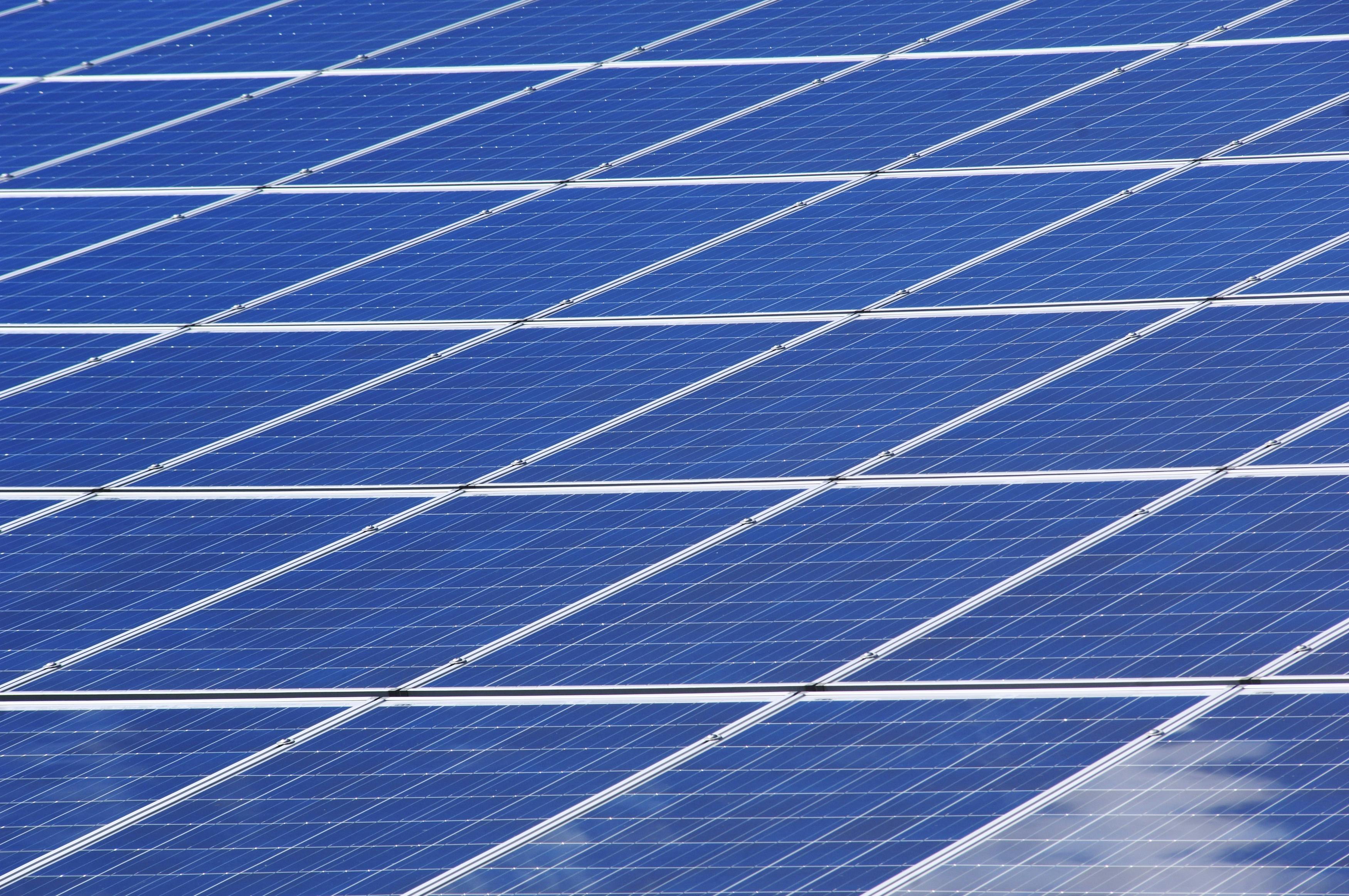Solar Roofs: Revolutionizing Energy and Architecture in the Age of Renewables
The Solar Roof: Transforming Energy Generation and Architectural Design As concerns over climate change and fossil fuel dependence grow, there is an increasing push towards renewable energy solutions to drive us into a sustainable future. One technology that stands at the forefront of this transformation is the solar roof. Integrating photovoltaics directly into roofing materials, solar roofs promise not only green energy production but also hold the potential to redefine architectural design and construction practices.

What Makes Seamless Solar Energy Integration Possible?
The concept of seamless solar energy begins with the fundamental reimagining of roof tiles and shingles. Unlike traditional solar panel installations that sit atop existing roofs, integrated solar roofing products serve as both the weatherproof barrier and the energy generator. This dual functionality eliminates the need for separate mounting systems and creates a more aesthetically cohesive appearance. Modern solar roof tiles utilize monocrystalline or thin-film photovoltaic cells embedded within tempered glass or composite materials, engineered to withstand hail, wind, and temperature extremes while maintaining electrical efficiency. The integration process involves careful planning of electrical wiring, inverter placement, and connection to home energy systems or grid tie-ins, making the energy generation process nearly invisible to the casual observer.
How Do Roofs That Power Homes Actually Work?
Roofs that power homes function through the photovoltaic effect, where sunlight striking semiconductor materials generates direct current electricity. In a solar roof system, individual tiles or shingles contain small photovoltaic cells connected in series to create sufficient voltage for household use. These tiles connect to junction boxes that channel electricity to inverters, which convert DC power to alternating current compatible with home appliances and the electrical grid. Modern systems include monitoring capabilities that track energy production in real-time, allowing homeowners to observe how weather conditions, seasonal changes, and roof orientation affect power generation. Battery storage systems can be integrated to store excess energy produced during peak sunlight hours for use during evening hours or cloudy days, increasing energy independence and reducing reliance on utility providers.
What Role Does This Play in Architecture’s Green Revolution?
Architecture’s green revolution encompasses far more than energy efficiency alone, but solar roofing represents a visible commitment to sustainable design principles. Architects and builders now consider solar integration from the earliest design phases rather than as an afterthought, influencing roof pitch, orientation, and material selection. This shift affects urban planning, building codes, and construction standards across many jurisdictions. The aesthetic evolution of solar roofing products has expanded design possibilities, with options mimicking slate, terra cotta, and traditional asphalt shingles while maintaining energy generation capabilities. Green building certification programs increasingly recognize integrated solar roofing as a valuable contribution toward sustainability goals, encouraging wider adoption through incentive structures and recognition programs.
Understanding Tesla’s Solar Breakthrough and Market Impact
Tesla’s entry into the solar roofing market brought significant attention to the technology through its Solar Roof product line, which features glass tiles with integrated photovoltaic cells designed to blend with conventional roofing aesthetics. The company’s approach emphasized durability, with tempered glass construction and warranty periods extending decades. Tesla’s integration of solar roofing with its Powerwall battery storage systems created an ecosystem approach to home energy management, allowing users to generate, store, and consume renewable energy with minimal grid dependence. While Tesla brought visibility to the sector, numerous manufacturers have developed competing products, each with distinct approaches to efficiency, aesthetics, and installation methods. The increased competition has driven innovation in materials science, installation techniques, and cost reduction strategies across the industry.
Exploring the Future of Sustainable Roofing Technologies
The future of sustainable roofing extends beyond current photovoltaic integration to include emerging technologies that promise even greater efficiency and functionality. Research into perovskite solar cells suggests potential for lighter, more flexible, and potentially more affordable solar roofing materials. Cool roofing technologies that reflect solar radiation while generating electricity address both energy production and building cooling needs simultaneously. Smart roofing systems incorporating sensors for leak detection, structural monitoring, and automated maintenance alerts represent the convergence of renewable energy and Internet of Things technologies. Building-integrated photovoltaics continue evolving, with transparent solar windows and solar facades complementing roof-mounted systems to maximize energy capture across entire building envelopes.
Cost Considerations and Market Options
The financial aspect of solar roof installation involves multiple factors including roof size, system capacity, local labor rates, and available incentives. Installation costs for integrated solar roofing systems typically range from $25 to $50 per square foot, significantly higher than conventional roofing but incorporating both roofing replacement and solar installation expenses. Several manufacturers and installation providers operate in the market, each offering different product specifications and pricing structures.
| Provider | System Type | Estimated Cost Range | Key Features |
|---|---|---|---|
| Tesla Energy | Glass Solar Tiles | $30-$45 per sq ft | Tempered glass, 25-year warranty, Powerwall integration |
| CertainTeed | Apollo II System | $25-$35 per sq ft | Rack-mounted on existing roof, 25-year warranty |
| GAF Energy | Timberline Solar Shingles | $28-$38 per sq ft | Integrated nailing, traditional appearance |
| SunTegra | Solar Shingles | $26-$36 per sq ft | Low profile, building-integrated design |
| Luma Solar | Solar Roof System | $27-$40 per sq ft | Modular design, various aesthetic options |
Prices, rates, or cost estimates mentioned in this article are based on the latest available information but may change over time. Independent research is advised before making financial decisions.
Federal tax credits, state incentives, and utility rebates can significantly reduce net costs, sometimes offsetting 30 percent or more of installation expenses. Energy savings accumulate over the system’s lifespan, typically 25 to 30 years, with many homeowners achieving payback periods of 10 to 15 years depending on local electricity rates and solar production capacity. Financing options including solar loans, leases, and power purchase agreements provide alternatives to upfront payment, making the technology accessible to broader markets.
Conclusion
Solar roofing technology represents a convergence of renewable energy generation and practical building materials, offering homeowners and businesses a path toward energy independence while maintaining architectural integrity. As manufacturing processes improve and costs continue declining, these systems become increasingly viable alternatives to conventional roofing combined with separate solar installations. The ongoing evolution of materials, efficiency improvements, and integration with energy storage systems suggests that solar roofs will play an expanding role in sustainable building practices. Understanding the technology, costs, and available options empowers property owners to make informed decisions about incorporating renewable energy into their structures while contributing to broader environmental goals.




